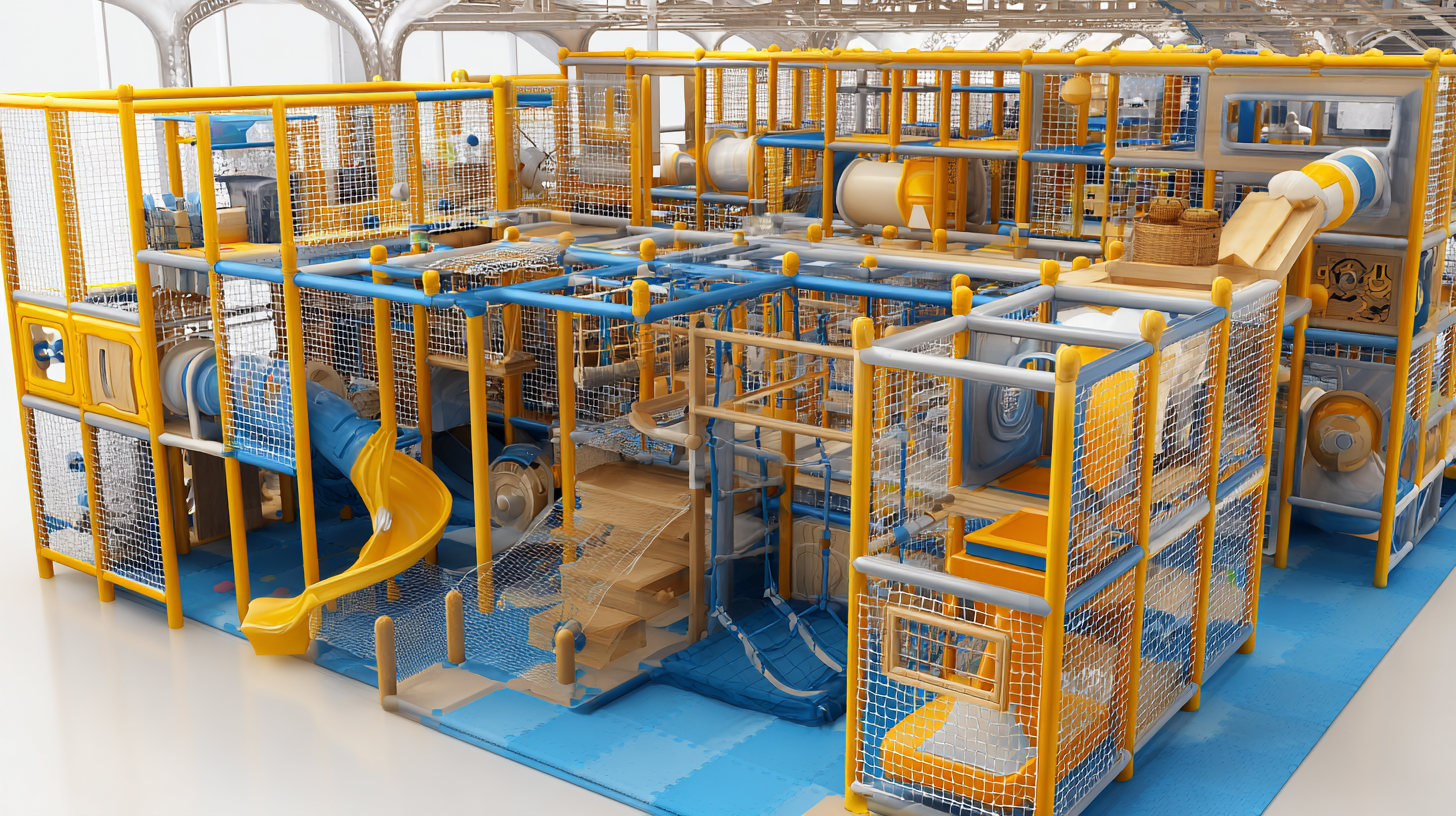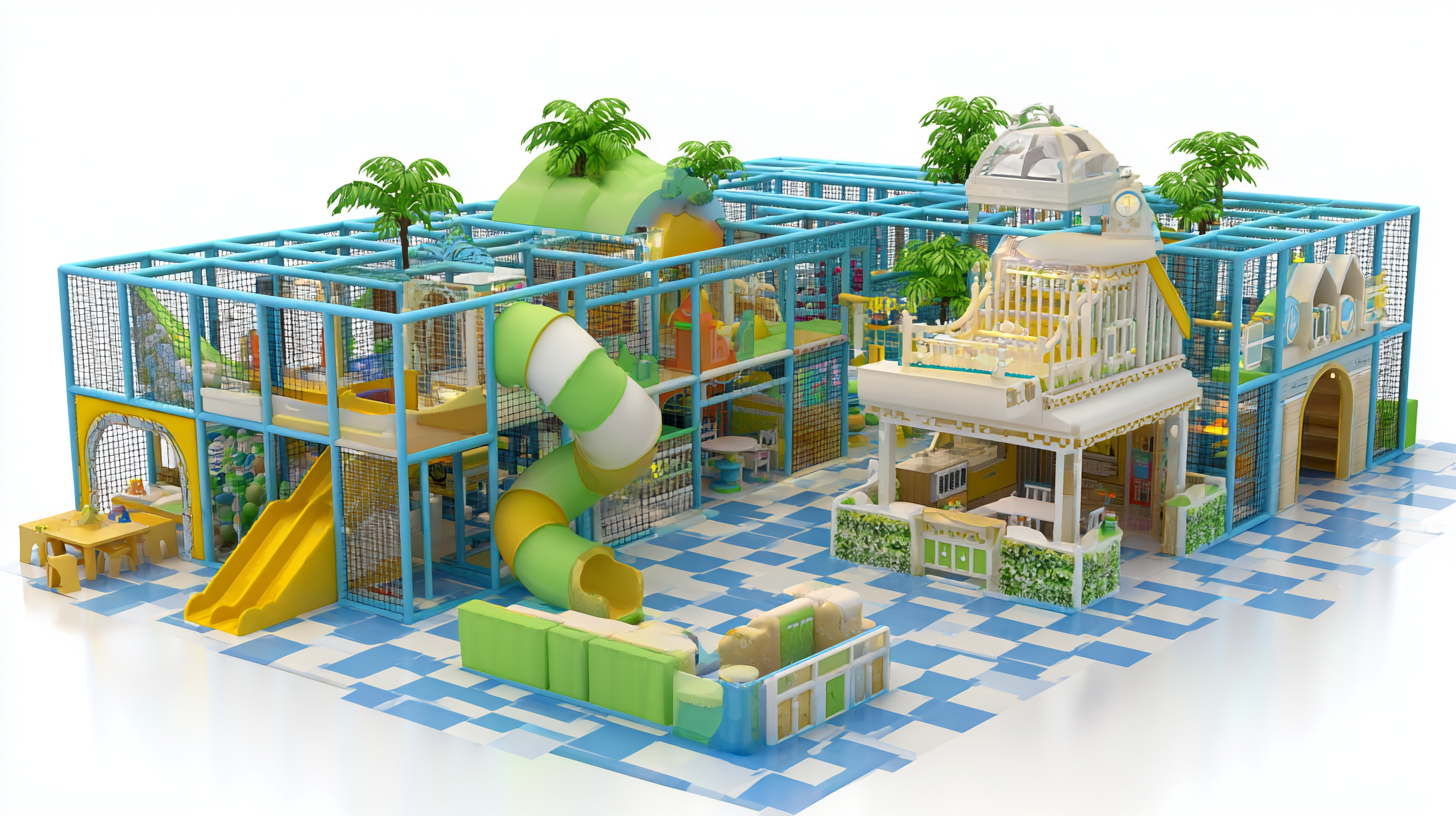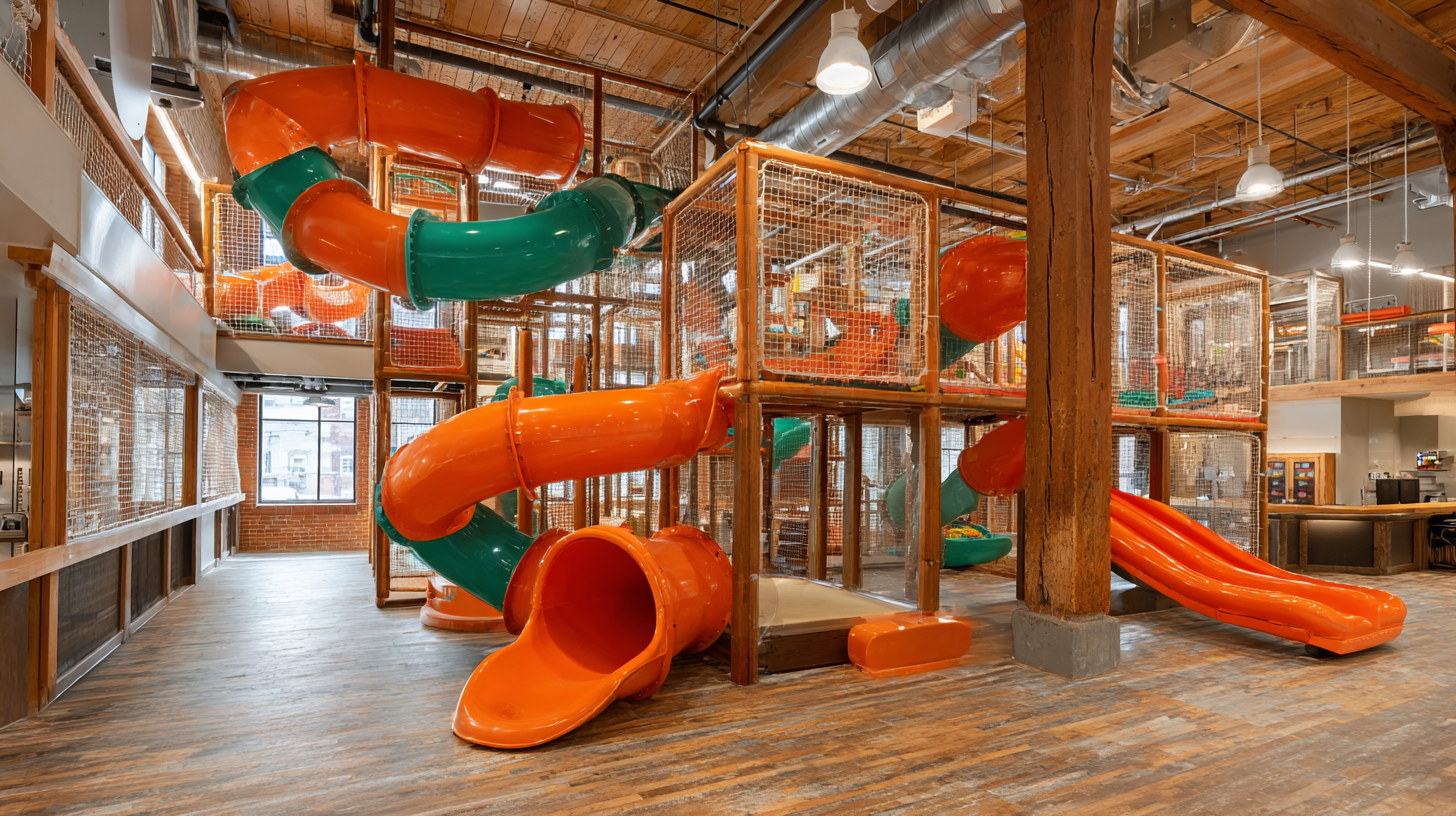Indoor play has become an essential aspect of childhood development, providing children with opportunities for physical activity, social interaction, and imaginative play. The global indoor play equipment market is projected to reach $15 billion by 2025, highlighting the growing demand for high-quality, engaging, and safe environments for children. As parents and educators increasingly recognize the significance of play in fostering cognitive and physical skills, the need for Indoor Play Equipment Commercial offerings has surged. These play structures not only contribute to children's well-being but also represent lucrative investment opportunities for businesses. In this comprehensive guide, we will explore the unique features, safety standards, and innovative applications of commercial indoor play equipment, while examining its impact on the play industry and child development trends.

When it comes to commercial indoor play equipment, understanding the various types available is crucial for creating engaging play environments. One popular category is soft play structures, which are designed with safety in mind. These structures often include padded surfaces and colorful foam shapes that allow children to climb, crawl, and explore without the risk of injury. They are ideal for younger children, providing a safe space for them to develop their motor skills and social interactions.
Another essential type of equipment is interactive play panels. These panels offer multiple sensory experiences, featuring buttons, levers, and textures that stimulate young minds. Incorporating interactive elements not only attracts children but also enhances their cognitive skills through play. Placing these panels strategically in a play area can offer a unique experience, keeping children engaged for longer periods.
**Tip:** When selecting equipment, consider your target age group to ensure that it meets their developmental needs. Additionally, always prioritize safety features and maintenance, as well-constructed equipment will provide a better experience and longevity. Regular inspections can also prevent accidents and extend the life of your play area.

When selecting the right indoor play equipment for your space, it’s essential to consider several key factors that will ensure a safe and enjoyable experience for children. First, evaluate the available space. Understanding the dimensions of your play area will help you choose equipment that fits well without overcrowding the space, allowing for easy movement and supervision. Additionally, consider the age range of the children who will be using the equipment, as different age groups have distinct safety and developmental needs. Equipment designed for toddlers, for instance, should prioritize safety features such as rounded edges and soft materials, while older children may benefit from more challenging structures.
Another vital consideration is the quality and safety of the materials used in the play equipment. Look for products that comply with safety standards and regulations to minimize risks of injury. Opt for durable materials that can withstand heavy use and are easy to clean, ensuring a hygienic play environment. Finally, think about the type of play experiences you want to offer. Incorporating a mix of physical challenges and imaginative play can promote different skill sets and social interaction among children, creating a vibrant and enriching indoor play area.
When it comes to commercial indoor play equipment, safety standards and regulations are of paramount importance. Ensuring that play spaces are designed and maintained according to established guidelines helps protect children from potential hazards. Organizations like the American Society for Testing and Materials (ASTM) and the Consumer Product Safety Commission (CPSC) provide a framework outlining the safety protocols that manufacturers and operators must follow. This includes specifications for materials, design features, and maintenance routines that safeguard users and create a secure environment for active play.
In addition to complying with national safety standards, indoor play facilities must also consider local regulations that may impose additional requirements. These regulations can vary significantly depending on the location and type of facility, necessitating thorough knowledge and adherence to ensure compliance. Regular inspections and audits are crucial in maintaining the integrity of play equipment and identifying any necessary repairs or upgrades. By prioritizing safety standards and staying informed about regulatory changes, operators can foster a safer, more enjoyable experience for children while reassuring parents about the well-being of their little ones.
Indoor play equipment has evolved significantly, transcending the traditional playground setup to find creative applications in various settings. One notable trend is the integration of these structures into educational environments. Schools are increasingly incorporating indoor climbing walls, obstacle courses, and sensory play areas to enhance physical education. These installations not only foster physical strength and coordination but also promote teamwork and social skills among children. By providing a dynamic learning environment, educational institutions are recognizing the value of play as a crucial component of childhood development.
Moreover, commercial indoor play equipment is making its way into unconventional spaces such as shopping malls, family entertainment centers, and even healthcare facilities. Malls are utilizing play zones to create attractions that entertain children while parents shop, turning shopping into a more enjoyable experience for families. In healthcare, playful environments equipped with soft play structures can help reduce anxiety for young patients, making hospital visits less intimidating. By embracing these innovative uses, indoor play equipment is becoming an essential asset in fostering creativity, collaboration, and emotional well-being in diverse environments.
| Feature | Description | Applications | Benefits |
|---|---|---|---|
| Safety Features | Soft padding, rounded edges, and non-toxic materials to ensure child safety. | Indoor playgrounds, daycare centers, family entertainment centers. | Minimizes injury risk, enhances trust with parents. |
| Adaptive Design | Adjustable equipment for children of varying ages and abilities. | Special needs facilities, community centers. | Inclusivity and accessibility for all children. |
| Thematic Elements | Equipment designed around specific themes (e.g., jungle, space). | Themed birthday parties, educational field trips. | Stimulates imagination and encourages creative play. |
| Multi-Functional Equipment | Play structures that incorporate climbing, sliding, and interactive components. | Recreational centers, schools, indoor amusement parks. | Enhances physical development and motor skills. |
| Digital Integration | Interactive play equipment that incorporates technology such as touch screens. | Tech-oriented facilities, educational institutions. | Promotes STEM learning and engagement through play. |
Maintaining and upgrading indoor play equipment is crucial for ensuring the safety and enjoyment of children. Regular inspections are essential; check for worn-out parts, loose bolts, and fraying ropes. It's recommended to establish a maintenance schedule that aligns with usage frequency. This proactive approach can prevent minor issues from becoming costly repairs or safety hazards. Additionally, keep the equipment clean to eliminate germs and extend its lifespan. Simple cleaning solutions can help keep surfaces sanitary, ensuring a safe play environment.

Upgrading your indoor play equipment not only enhances its appeal but also can significantly improve the play experience. Consider incorporating modern features such as interactive elements or adjustable obstacles that cater to various age groups and skill levels. Another upgrade could involve replacing outdated technology with innovative options that provide engaging activities and learn-through-play opportunities. These updates not only attract more visitors but also keep children engaged longer, fostering creativity and physical activity in a safe setting.
